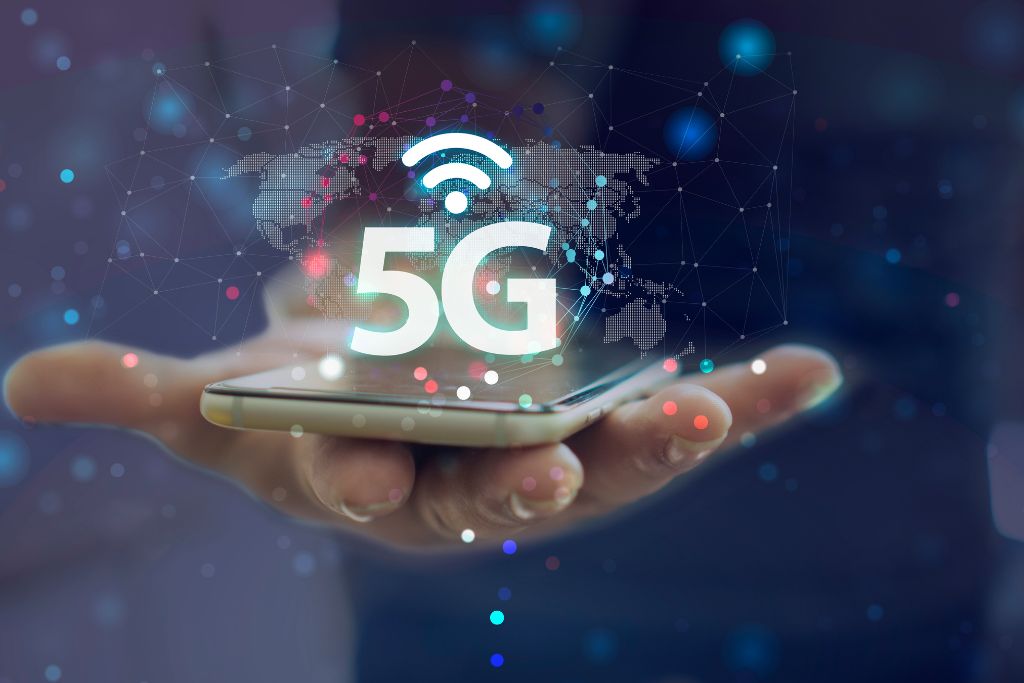5G and Beyond: Future Technologies Shaping Next-Gen Networks
telcomatraining.com – The world of wireless communication is rapidly evolving, and the rollout of 5G networks marks just the beginning of a new era in connectivity. While 5G promises faster speeds, lower latency, and greater capacity, the future holds even more transformative technologies that will redefine how we connect, communicate, and interact with digital environments. In this article, we explore the future technologies shaping next-generation networks beyond 5G and their potential impact on society.
The Foundation of 5G Technology
5G, or fifth-generation wireless technology, is designed to handle an unprecedented number of connected devices while providing ultra-reliable, low-latency communication. This capability is crucial for supporting innovations such as autonomous vehicles, smart cities, and the Internet of Things (IoT). However, as global data demand continues to surge, researchers and companies are already looking beyond 5G to address future challenges and unlock new possibilities.
6G: The Next Frontier
The immediate successor to 5G, commonly referred to as 6G, is expected to launch around 2030. While still in early development stages, 6G aims to push the boundaries of wireless communication even further. Key features anticipated in 6G include terahertz (THz) frequency bands, which can deliver ultra-high data rates reaching terabits per second, and enhanced artificial intelligence (AI) integration for network management and optimization.
Unlike 5G, which focuses on speed and capacity, 6G envisions seamless integration of physical, digital, and biological worlds, enabling advanced applications like holographic communications, immersive extended reality (XR), and brain-computer interfaces. This next generation will prioritize energy efficiency and sustainability to reduce the environmental impact of expanding networks.
Edge Computing and Network Slicing
To support future networks, technologies such as edge computing and network slicing play a critical role. Edge computing brings data processing closer to the user, reducing latency and improving real-time responsiveness. This is especially important for applications like augmented reality (AR), remote surgery, and autonomous drones, where delays can be detrimental.
Network slicing allows operators to create multiple virtual networks on a single physical infrastructure. This means customized networks can be tailored for different use cases—such as high-speed video streaming, ultra-reliable industrial automation, or massive IoT deployments—ensuring optimized performance without interference.
AI and Machine Learning for Smarter Networks
Artificial intelligence and machine learning are becoming fundamental to managing complex next-gen networks. These technologies enable intelligent resource allocation, predictive maintenance, and automated troubleshooting, significantly enhancing network reliability and efficiency.
AI-driven algorithms can analyze massive datasets to predict traffic patterns, optimize routing, and detect security threats in real time. This proactive approach ensures networks can adapt dynamically to changing conditions and user demands, delivering a superior experience.
Quantum Communication and Security
Security remains a top priority for future networks, especially as cyber threats become more sophisticated. Quantum communication technologies are being researched to provide ultra-secure data transmission. Quantum key distribution (QKD) uses the principles of quantum mechanics to detect any interception attempts, making it nearly impossible for hackers to breach communications.
Integrating quantum security with 6G and beyond will help protect sensitive data in fields like healthcare, finance, and government, where privacy is paramount.
Conclusion
The future of wireless communication is not just about faster internet speeds but about creating intelligent, secure, and highly adaptable networks. Technologies such as 6G, edge computing, AI, and quantum communication will collectively shape next-generation networks, transforming industries and enhancing everyday life. As 5G continues to expand globally, the innovations on the horizon promise an exciting leap forward in connectivity—paving the way for a truly connected future.







